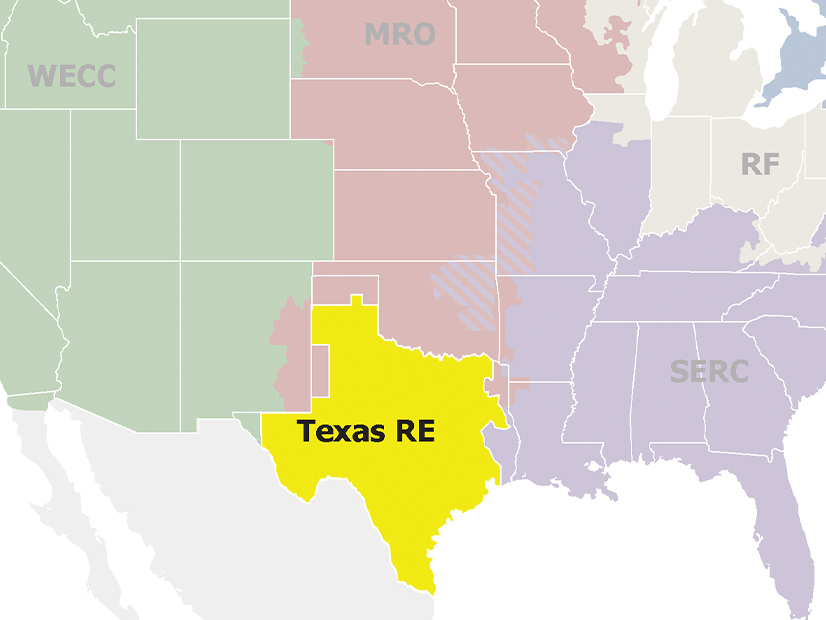Staff at the Texas Reliability Entity said in a webinar that the regional entity’s upcoming Reliability Performance and Regional Risk Assessment should show most performance metrics are “trending in the right direction,” although work still is needed in some areas.
Texas RE produces the assessment each year as a supplement to NERC’s State of Reliability report, reviewing the performance of the state’s grid over the previous year. Both reports normally are released in June. Speaking at the RE’s regular “Talk with Texas RE” event May 30, Director of Reliability Services David Penney said the assessment has performed a valuable role since the RE started releasing it 10 years ago.
“We’re one of the few regional entities that puts a report like this together, that looks at both the regional performance from a reliability perspective, as well as a regional risk assessment to look at the risks that we face as a region,” Penney said. “We tried to tailor this report [to] … a target audience [of] industry stakeholders, industry executives, as well as policymakers, to [share] the key risks that we [see] as a region, as opposed to what you may see from other industries or other [regional] entities.”
Penney observed that of the seven reliability performance metrics the RE tracks, more than half either were improving or stable in 2023 compared to the previous year. These include resource adequacy — where reserve margins show sufficient resource capacity, and Texas RE has observed “a very positive trend” in winterization since the February 2021 winter storm — transmission performance, and protection system performance, where the misoperation rate decreased in 2023 and remains below NERC’s overall misoperation rate.
However, the RE did note several areas where monitoring is needed, such as resource performance, which analyzes generator outage rates, primary frequency response and balancing contingency events to measure generation performance. Penney noted that while the RE has seen improvement in PFR performance, there also has been a long-term increase in equivalent forced outage rate, indicating times when generators have experienced forced outages when the units were needed to meet load.
Texas RE also identified issues in grid transformation, which measures the developing challenges associated with the shift to renewable resources. Penney said the report will discuss the need to monitor the drop in solar performance in evening hours and how it impacts reliability, as well as the decrease in system inertia levels that may leave the grid open to disruption.
Along with these issues, Penney discussed the physical security risks to electric equipment, which have risen across most categories in recent years. For example, the RE counted 15 gunshot incidents involving power stations in 2023, up from three the year before. A similar increase was reported in theft incidents, while the number of intrusion events rose from 18 to 20. Penney said the number of physical security events has continued to rise this year, indicating “this is a risk that’s definitely not going away.”



